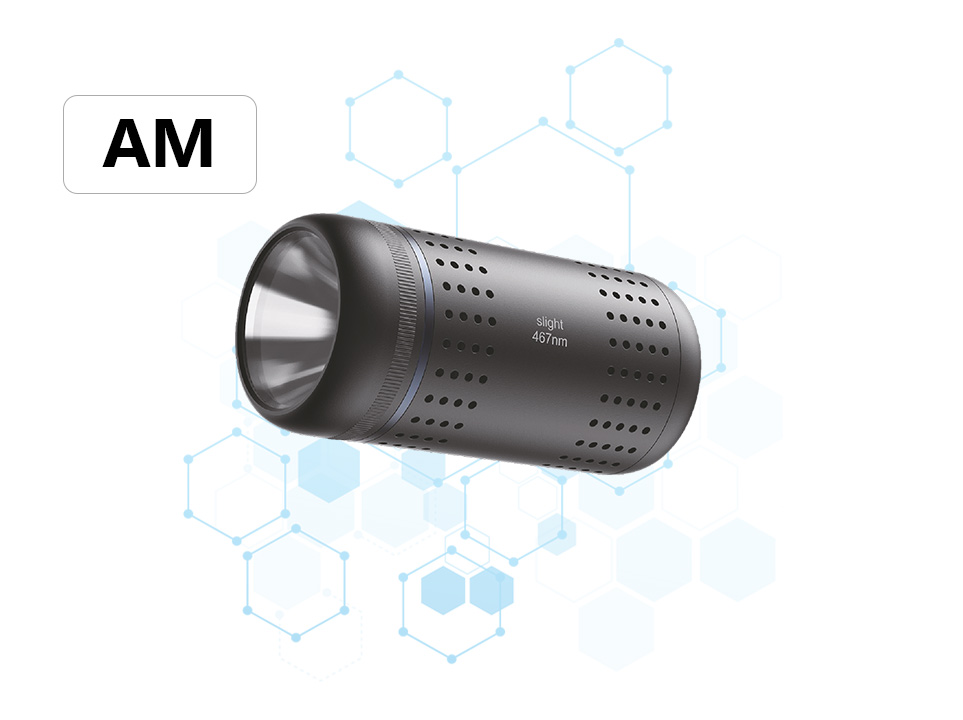Analysis of the process of photocatalytic coupling of CH4 and CO2 to produce ethanol
Abstract: The photocatalytic coupling of methane (CH4) and carbon dioxide (CO2) to produce ethanol (C2H5OH) represents a promising approach for sustainable energy production and carbon utilization. This study investigates the process, focusing on catalyst design, reaction mechanisms, and optimization strategies to enhance ethanol yield. The research aims to provide insights into the fundamental aspects of the photocatalytic conversion and explore practical applications in the field of renewable energy.
Introduction:
The increasing demand for renewable energy sources and the urgent need to mitigate climate change have driven extensive research into alternative energy production pathways. Among these, the photocatalytic conversion of greenhouse gases like CH4 and CO2 into valuable chemicals such as ethanol stands out due to its potential to address both energy security and environmental concerns. This paper presents a comprehensive analysis of the photocatalytic coupling process, highlighting key challenges and advancements in catalyst development, reaction conditions, and product selectivity.
Materials and Methods:
The photocatalysts employed in this study were selected based on their known activity for photocatalytic reactions and stability under reaction conditions. The catalysts were characterized using X-ray diffraction (XRD), scanning electron microscopy (SEM), and transmission electron microscopy (TEM) to confirm their composition and morphology. Photocatalytic experiments were conducted in a batch reactor under controlled temperature, pressure, and light intensity conditions. Gas chromatography (GC) and nuclear magnetic resonance (NMR) spectroscopy were used to analyze the reaction products and calculate ethanol yield.
Results and Discussion:
Catalyst Design and Characterization: The catalysts were designed to maximize the absorption of visible light and facilitate the separation of photoexcited electrons and holes. The SEM and TEM images revealed a well-defined nanostructure, which contributed to the high surface area and efficient light harvesting. XRD analysis confirmed the crystalline phase of the catalysts, indicating good crystallinity and potential for photocatalytic activity.
Reaction Mechanism: The photocatalytic coupling of CH4 and CO2 involves several steps, including light absorption, charge separation, and surface reactions. Under illumination, the catalyst absorbs photons and generates electron-hole pairs. The electrons are then transferred to the catalyst surface, where they react with CO2 to form intermediates such as formate or carbon monoxide (CO). Simultaneously, the holes react with water or OH- ions to produce protons and oxygen species. The intermediates subsequently undergo further reactions to form ethanol.
Optimization Strategies: To enhance the ethanol yield, various parameters such as catalyst loading, reaction temperature, pressure, and light intensity were optimized. Increasing the catalyst loading and reaction temperature were found to improve the reaction rate but also led to increased side product formation. Optimizing the pressure and light intensity allowed for better control over the reaction pathways and improved selectivity towards ethanol.
Product Selectivity: The selectivity towards ethanol was influenced by the catalyst composition and reaction conditions. By fine-tuning the catalyst properties and reaction parameters, the researchers were able to achieve a significant increase in ethanol yield while minimizing the formation of byproducts.
Conclusion:
The photocatalytic coupling of CH4 and CO2 to produce ethanol represents a promising strategy for sustainable energy production. This study provides insights into the catalyst design, reaction mechanisms, and optimization strategies required to enhance the efficiency and selectivity of the process.
Keywords: photocatalysis, methane, carbon dioxide, ethanol, catalyst design, reaction mechanism, optimization strategies.





